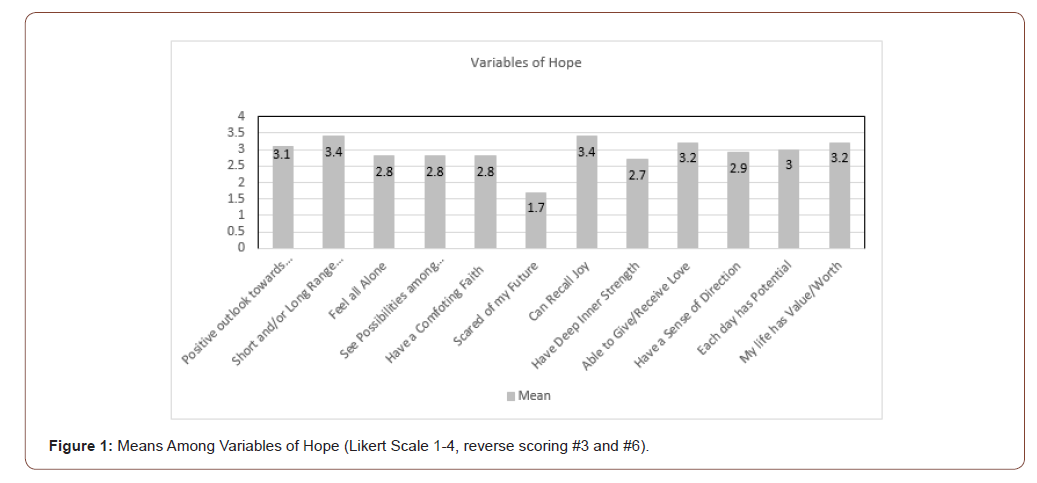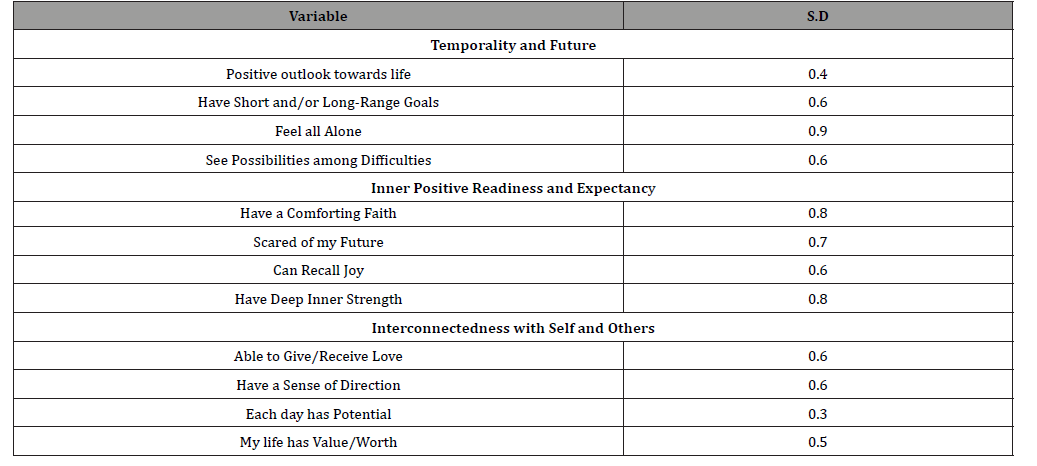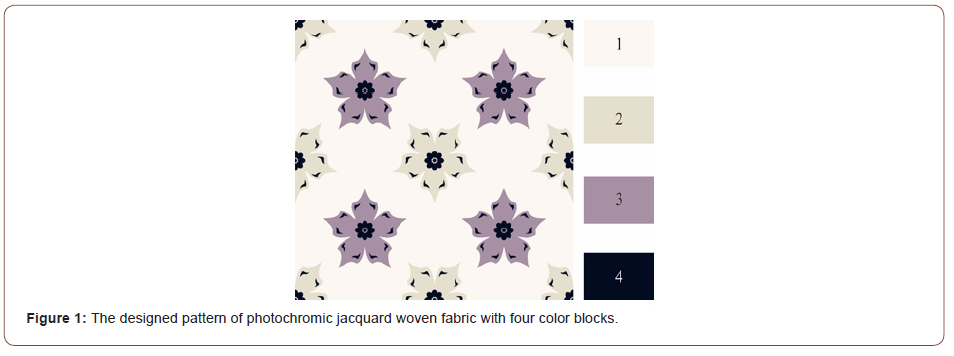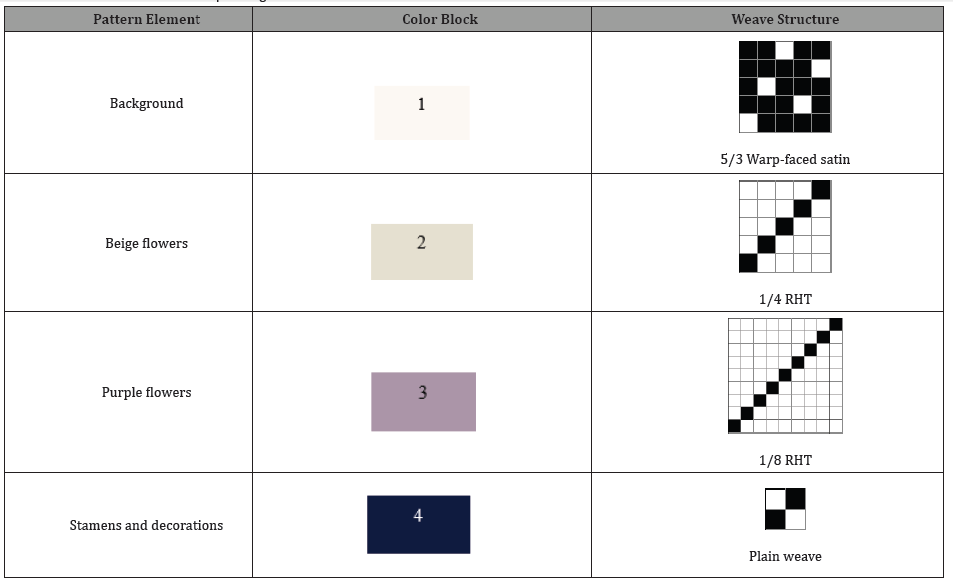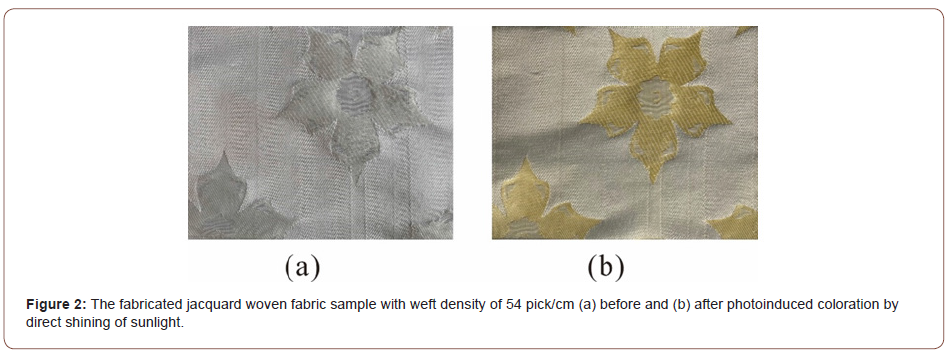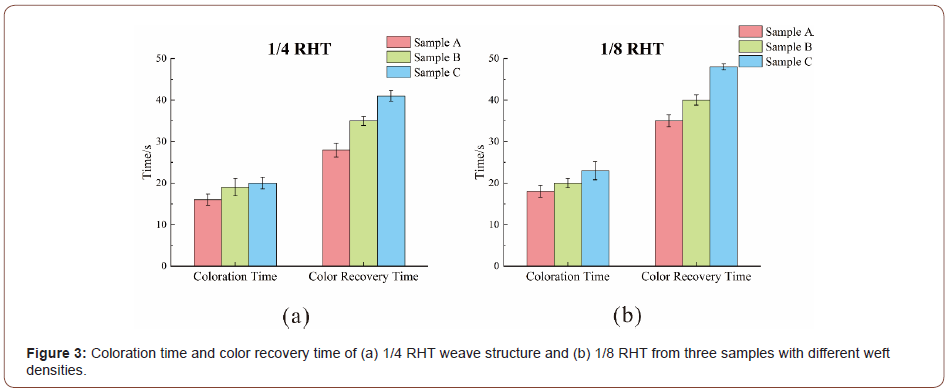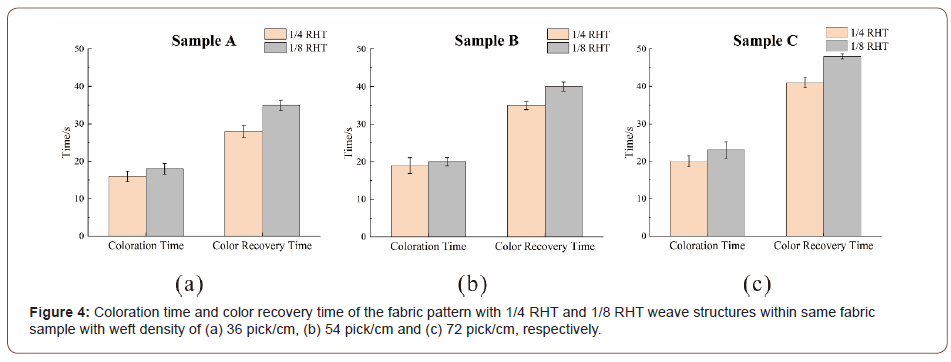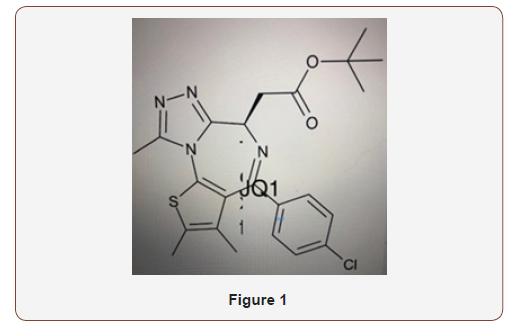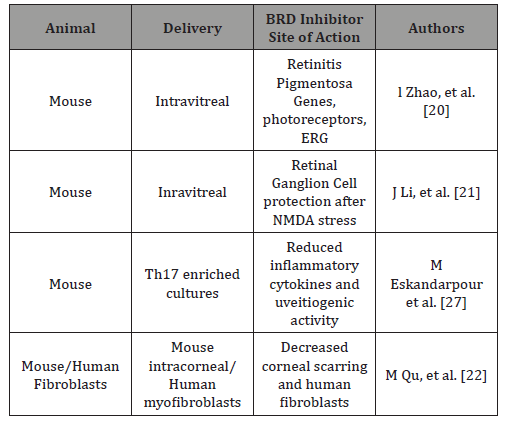Authored by Zakaria Fouad Fawzy*,
Abstract
The agricultural sector is one of the sectors that will be negatively affected by this phenomenon. Climate changes are expected to affect the productivity of agricultural land, starting with affecting the natural, chemical, and biological properties of the land, passing through the spread of pests, insects, diseases and other problems, and ending with affecting the produced crop.
Keywords: Climate change; Agriculture sector; Food security; Health; Fisheries; soil; Water resources
Introduction
Problem statement climate change can lead to serious impacts including but not limited to: agricultural production, soil, water resources, livestock, food security, health, fisheries, tourism, social and broad economic impact. The vision of this agreement is to assess and identify the determinants of users for knowledge, attitudes, and practices related to climate change.
Importance of the study climate change is one of the most serious problems that confront the world. There is plenty evidence that climate change might negatively affect many aspects of life for all people around the world, such as impact on agricultural production, soil, water resources, droughts, livestock, food security, industry, diseases and pests, economic consequences, flooding, human health, fisheries, ecosystems, and biodiversity.
Climate change, and increasing climate variability, as well as other global environmental issues such as land degradation, loss of biological diversity and stratospheric ozone depletion, threatens our ability to meet the basic human needs of adequate food, water and energy, safe shelter, and a healthy environment.
The vulnerability of agriculture to natural climate variability and climate change can be somewhat decreased through more informed policy choices, practices, and technologies. Negative impacts of climate change on agriculture can be further reduced by increasing climate knowledge and improving prediction capabilities, which will lead to the development of relevant information and prediction products for applications in agriculture. However, while farmers are heavily dependent on the climate, farmers can exploit weather and climate services to minimize the impact of these hazards, either by planning to avoid the risk in the first place or by taking precautionary measures when there is warning that a hazard may arise.
Among the most important suggested regionalization strategies in this regard are the following:
• Developing new varieties that can withstand high temperatures, salinity, and drought, which are the conditions that will prevail under the conditions of climatic changes.
• Developing new varieties with a short growing season to reduce the water requirements needed for them. • Changing the planting dates to suit the new weather conditions, as well as planting the appropriate varieties in the appropriate climatic zones to increase the crop yield from the unit of water for each crop.
• Reducing the area of crops that are wasteful in their water consumption, or at least not increasing the area designated for them (such as rice and sugar cane).
• Cultivation of alternative crops that give the same purpose and have less water consumption and growing season, such as planting sugar beets instead of sugar cane (and in this strategy we must consider that this crop is a major crop in developing countries in addition to factories, secondary industries and employment based on this crop).
• Irrigation at the appropriate times and with the appropriate amount of water in each irrigation to preserve every drop of water, which we will be in dire need of under the conditions of climatic changes.
The national program for climate change research and reducing its effects on agriculture
Basic goals: Preparing a future for the impact of current and expected climatic changes and problems on the agricultural system to formulate a vision for ways to confront these pressures and limit their effects.
• assessing and minimizing the negative impact of agricultural activities on the climate system.
• Increasing the agricultural sector’s ability to adapt to face climate changes, with a focus on the most vulnerable agricultural areas.
Climate Changes and Agriculture Sector
Vision and mission
Adaptation to climate change in agriculture:
a) Objectives: Develop and disseminate affordable climate change adaptation technologies and practices in the agricultural sector, by conducting comprehensive public awareness and outreach campaigns combined with capacity building programs tailored to the needs of farming operations.
Components:
• Develop, test, demonstrate, and disseminate innovative climate change-related adaptive agricultural practices to minimize the adverse impacts of global warming on the prevailing highvalue crops in the targeted regions.
• Public awareness and civil society capacity building to raise awareness of the forthcoming challenges of climate change and the necessity for joint community-level responses and action
b) Vision: Building up a climate change center as an excellence focusing to scientific role in the studies of vulnerability, mitigation, and adaptation in agriculture sector in the developing countries.
c) Mission:
• To survey, collect and evaluate the demands of technology of developing countries to address the climate change and taking the technology demand information for sharing.
• Studying methods of mitigation and/ or adaptation to the ongoing climate changes issues in the developing countries about agriculture sector.
• To recommend and send technical and management personnel from developing countries to attend technical training, international workshop, technical exhibition, and other activities.
• Full and fruitful cooperation with various sectors and ministries in the field of climate change issue in the specialty of Agriculture and Irrigation sectors.
• Activating the role of projects related to the issues of climate change at the local and international level
• Expansion in the field of organic farming and climate smart agriculture which reduces the use of fertilizers, and therefore reduces the use of energy sources used in the production of fertilizers.
Climate Change and its Impact on Agriculture
Driven mainly by population and economic growth, total global food consumption is expected to increase by more than 50% by 2030 and may double by 2050. Most of the increase in food production in the coming decades is expected to occur through further intensification of existing cropping systems rather than opening new land in agricultural production. Intensification of cropping systems has been a very successful strategy for increasing food production. The best example of this is the well-known success of the Green Revolution, where the adoption of modern varieties, irrigation, fertilizers, and agrochemicals led to significant increases in food production. However, this strategy has also led to unexpected environmental consequences, among them greenhouse gas emissions into the atmosphere. Therefore, future strategies that promote further intensification of agriculture should aim at developing sustainable cropping systems that consider not only increased food production but also reduced environmental impact [1].
At present, 40% of the Earth’s surface is managed for farmland and pasture [Foley et al., 2005]. The most important crop systems globally, in terms of meeting future food demand, are those based on staple crops, rice, wheat and maize. Both rice and maize are grown on an area of more than 155 million hectares [2]. In addition, rice is the staple food for the largest number of people on Earth. The geographical distribution of rice production gives particular importance to Asia where 90% of the world’s rice is produced and consumed. Corn is mainly produced in the Americas, followed by Asia and then Africa. Maize is important as a staple crop (mainly in developing countries) but is also important as animal feed, and increasingly as a biofuel. Wheat is the most widely cultivated crop, covering more than 215 million hectares worldwide, and Asia covers nearly 50% of the world’s wheat [2].
It is important to promote agricultural practices that mitigate climate change by reducing greenhouse gas emissions, but these same practices must also improve farmers’ production and incomes and protect the production system from the effects of changes in climate. The overall impact predicted by climate change models varies, but we are now caught up in global warming and inevitable changes in climate patterns that are likely to exacerbate current precipitation variability and increase the frequency of extreme weather events. In the event of heavy rains, intense rainfall events will increase resulting in flooding and soil erosion. In regions of low precipitation, and regions prone to drought, there is general acceptance in the scientific community of recurrent moisture stress due to failure of precipitation patterns and increased evaporation caused by higher temperatures [3]. In Africa specifically, the projected combined effects of climate change and population growth point to an alarming increase in water scarcity in many countries, with 22 out of 28 countries believed to be likely to face water scarcity or water stress by 2025. This, in turn, will limit of the capacity of irrigated agriculture to respond to the growing food needs of tomorrow’s Africa [4].
Agriculture as a Solution to Climate Change
The agricultural sector has great potential to mitigate the effects of climate change by reducing greenhouse gas emissions and enhancing agricultural sequestration. In addition, it also has an important role in adaptation to climate change. Adaptation alone is not sufficient to offset the effects of climate change, and thus remains to be complemented by concerted mitigation efforts. Vuuren et al., [5]. Various land use departments (soil and water conservation measures, manure, and fertilizer management) in the agricultural field will help us sequester a large amount of carbon in the field and reduce the emissions of methane and nitrous oxide which are the main means of greenhouse gas emissions.
Change in Cropping Style
Apply changes in how crops are rotated during the season. Farmers in drought-prone semi-arid regions of Brazil have realized that several varieties of a single crop species can occupy a common land area, which includes many varieties of beans, maize, and sorghum, among others, to increase harvest potential due to Kemba’s dry climate and arid climatic pressures. Muzangwa L, et al. [6] similarly, farmers in Ethiopia are trying to adapt CC by growing diversified crops (home maize and other farm management practices).
A change in current farm management practices such as the practice of organic farming to maintain diversified farming systems (i.e., growing different types of crops) also helps diversify potential sources of income for farmers, making the farm family more resilient to the negative effects of climate on agricultural production. According to Rhodes et al., [7] also considers the practice of crop residue management to be one of the best climate-smart measures.
Conclusion
From this extensive review, it is concluded that globally, climate change has relationship with agriculture in one or another way. This relationship becomes strong in developing countries because their livelihood depends on agricultural activities and these activities mostly depend on climatic condition.
To read more about this article...Open access Journal of Biology & Life Sciences
Please follow the URL to access more information about this article
To know more about our Journals...Iris Publishers


